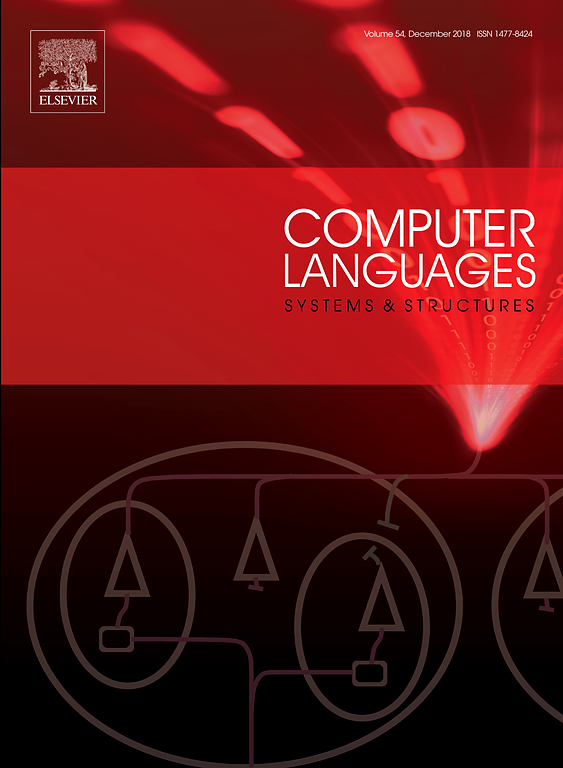德国侨民和流离失所者的捷克斯洛伐克之旅及其在流离失所期刊中对当地人口的感知
Q1 Computer Science
引用次数: 0
摘要
这项研究的重点是一种特定类型的旅游业(所谓的Heimattourismus),其主要目的是访问那些在第二次世界大战结束后因被迫移民而被驱逐和流离失所的德国人不得不放弃的国家,或者更好地说,是他们认为的“家园”之一。在第一次非官方旅行之后,可以观察到自20世纪50年代后半叶以来,流离失所的德国人前往捷克斯洛伐克的有组织和个人旅游逐渐增加。在这篇文章中,我们关注的是与Heimattourism相关的众多主题之一,即对前祖国当地人口的反思,以及苏台德德国游客对当地人的刻板印象。我们通过分析流离失所者和被驱逐者在其期刊上发表的旅行报告来研究这一主题,因为这些旅行一直持续到20世纪60年代中期。本文章由计算机程序翻译,如有差异,请以英文原文为准。
„Domorodci“ ne/známého „domova“. Cesty německých vyhnanců a vysídlenců do Československa a jejich percepce místního obyvatelstva ve vysídleneckých periodikách
The study focuses on a specific type of tourism (the so-called Heimattourismus) whose main aim is to visit countries, or better said, localities, which expelled and displaced Germans had to abandon after the end of World War II due to forced migration and which they consider(ed) as one of their ‘homes’. After the first unofficial trips, it is possible to observe a gradual increase in organised and individual tourism of displaced Germans to Czechoslovakia since the second half of the 1950s. In this article, we focus on one of the many topics related to Heimattourism, namely reflections of the local population in the former homeland and the stereotypes constructed about locals by Sudeten German tourists. We examine the topic by analysing travel reports published by displaced persons and expellees in their journals since these trips had begun until mid-1960s.
求助全文
通过发布文献求助,成功后即可免费获取论文全文。
去求助
来源期刊

Computer Languages Systems & Structures
工程技术-计算机:软件工程
CiteScore
2.74
自引率
0.00%
发文量
0
审稿时长
>12 weeks
期刊介绍:
Following the merger of Computer Languages, Systems and Structures with the Journal of Visual Languages and Computing in 2018, we are excited to present the Journal of Computer Languages, a single publication which covers all areas of computer languages.
The Journal of Computer Languages (COLA) welcomes papers on all aspects of the design, implementation, and use of computer languages (specification, modelling, programming; textual or visual) and human-centric computing, from theory to practice. Most papers describe original technical research, but the journal also welcome empirical studies and survey articles.
Current research areas for the Journal of Computer Languages include:
-Block-based languages-
Cognitive, perceptive and motoric systems and models-
Compilers and interpreters-
Computational thinking-
Design and development of concurrent, distributed, parallel, quantum and sequential languages-
Domain-specific languages-
End-user development-
Generative approaches, meta-programming, meta-modelling-
Human aspects and psychology of designing languages-
Information visualization-
Interaction models and languages-
Location-based data and processes-
Language design and implementation-
Language-based security-
Language evolution, integration, composition, and coordination-
Language product lines-
Language workbenches, meta-languages and development frameworks-
Languages, models, and frameworks for visual analytics-
Languages for large-scale scientific computing-
Languages for software specification and verification-
Libraries, run-time environments and language ecosystems-
Modelling and programming languages-
Modularity and extensibility of language specifications and programming-
Parallel/distributed/neural computing and representations for visual information processing
[...]
 求助内容:
求助内容: 应助结果提醒方式:
应助结果提醒方式:


